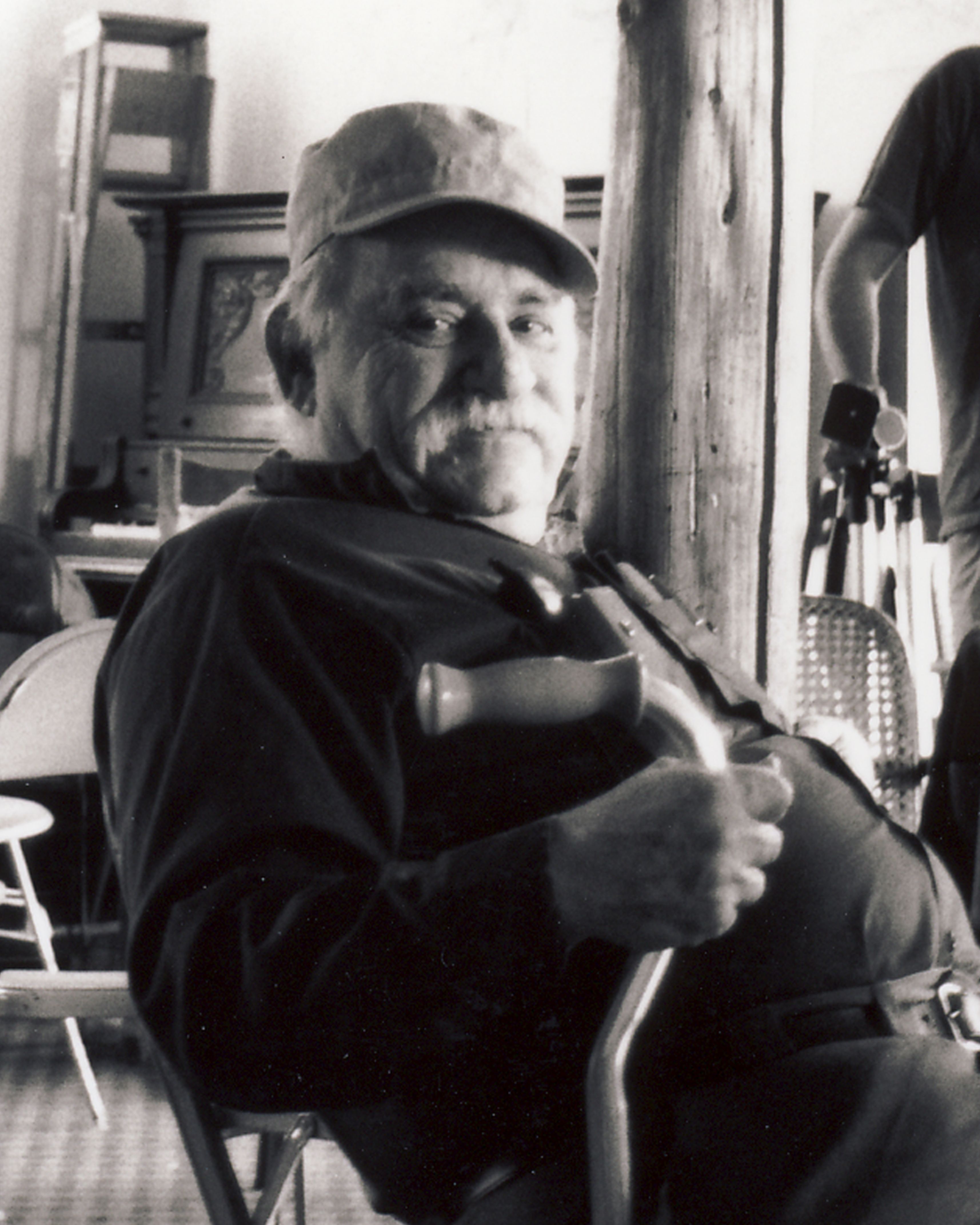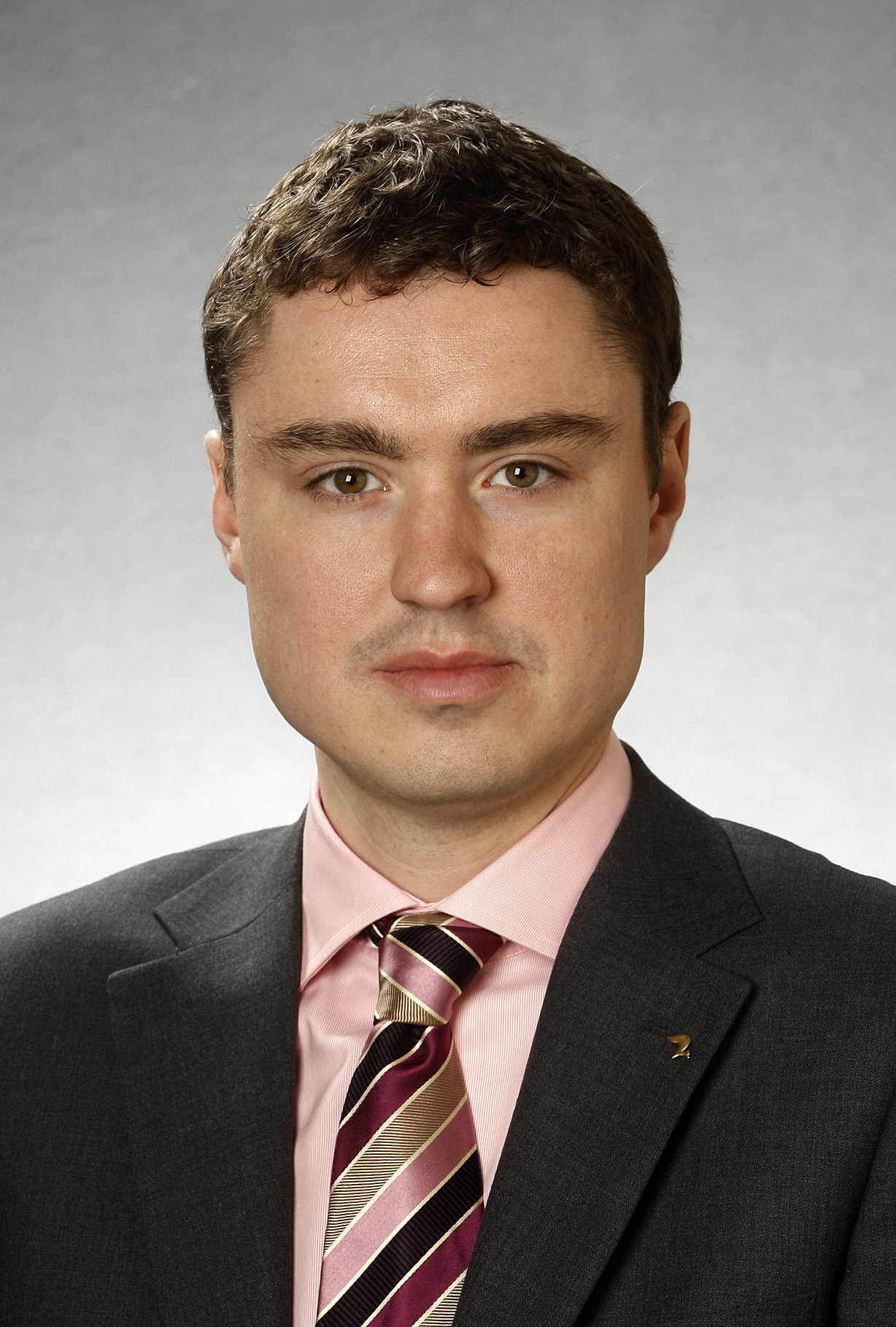|
Estonian United Left Party
The Estonian United Left Party ( et, Eestimaa Ühendatud Vasakpartei, russian: Объединённая левая партия Эстонии, ) is a political party in Estonia representing the Russian minority in Estonia. It is a member of the Party of the European Left. History On 28 June 2008, the Estonian Left Party (a party comprising most of the remnants of the post-1990 Communist Party of Estonia) and the Constitution Party (one of two parties representing the Russian minority in Estonia) merged to form the Estonian United Left Party (''Eestimaa Ühendatud Vasakpartei''). Despite the party's professed adherence to a left-wing direction, some observers and journalists have noted and claimed that the party is perceived to be more interested in catering to Russian minority politics and has been relatively marginal in Estonian politics.In particular, party chairman Mstislav Rusakov made a comment about the party's apparent obscurity for an interview for Eesti Rahvusringhä ... [...More Info...] [...Related Items...] OR: [Wikipedia] [Google] [Baidu] |
Estonian Left Party
Estonian Left Party (, EVP) was a leftist socialist political party in Estonia. History *1990: Registration of the independent Estonian Communist Party (EKP). *1992: Congress of EKP renamed Estonian Democratic Labour Party (EDTP). *July 1995: EDLP joined New European Left Forum. *1997: Party renamed the Estonian Social Democratic Labour Party (ESDTP). *2004: ESDTP becomes founding member of European Left party. *December 2004: Estonian Social Democratic Labour Party changes name to Estonian Left Party (EVP). According to the statutes of party the party congress elects the Party Chairman and Executive board as well as nominates a consultative Central Council representing all regional organizations. Local policies are developed by local organizations, while central bodies formulate national policies. EVP lost representatives in parliament on the 2003 elections when they got 2,059 votes (0,4%). In 2007 election, it fell further to 0,1% and again got no seats. The party has b ... [...More Info...] [...Related Items...] OR: [Wikipedia] [Google] [Baidu] |
Political Parties In Estonia
This article lists political parties in Estonia. Estonia has a multi-party system with numerous parties, in which no one party is likely to gain power alone, and parties must work with each other to form coalition governments. The parties Major parties Parties represented in the Riigikogu or the European Parliament. Other parties Former parties * Communist Party of Estonia (''Eestimaa Kommunistlik Partei'') * Communist Party (on CPSU platform) (''Eestimaa Kommunistlik Partei (NLKP platvormil)'') * Constitution Party (''Konstitutsioonierakond'') * Estonian Biodiversity Party (''Elurikkuse Erakond'') * Estonian Christian Democrats (''Erakond Eesti Kristlikud Demokraadid'') * Estonian Country Union (''Eesti Maaliit'') * Estonian Democratic Labour Party (''Eesti Demokraatlik Tööerakond'') * Estonian Free Party (''Eesti Vabaerakond'') * Estonian Greens (''Eesti Rohelised'') * Estonian Independence Party (''Eesti Iseseisvuspartei'') * Estonian Labour Party (''Eesti Töö ... [...More Info...] [...Related Items...] OR: [Wikipedia] [Google] [Baidu] |
Political Parties Established In 2008
Politics (from , ) is the set of activities that are associated with making decisions in groups, or other forms of power relations among individuals, such as the distribution of resources or status. The branch of social science that studies politics and government is referred to as political science. It may be used positively in the context of a "political solution" which is compromising and nonviolent, or descriptively as "the art or science of government", but also often carries a negative connotation.. The concept has been defined in various ways, and different approaches have fundamentally differing views on whether it should be used extensively or limitedly, empirically or normatively, and on whether conflict or co-operation is more essential to it. A variety of methods are deployed in politics, which include promoting one's own political views among people, negotiation with other political subjects, making laws, and exercising internal and external force, includin ... [...More Info...] [...Related Items...] OR: [Wikipedia] [Google] [Baidu] |
Party Of The European Left Member Parties
A party is a gathering of people who have been invited by a host for the purposes of socializing, conversation, recreation, or as part of a festival or other commemoration or celebration of a special occasion. A party will often feature food and beverages, and often conversation, music, dancing, or other forms of entertainment. Some parties are held in honor of a specific person, day, or event, such as a birthday party, a Super Bowl party, or a St. Patrick’s Day party. Parties of this kind are often called celebrations. A party is not necessarily a private occasion. Public parties are sometimes held in restaurants, pubs, beer gardens, nightclubs, or bars, and people attending such parties may be charged an admission fee by the host. Large parties in public streets may celebrate events such as Mardi Gras or the signing of a peace treaty ending a long war. Types Balls Banquets Birthday party A birthday party is a celebration of the anniversary of the birth of t ... [...More Info...] [...Related Items...] OR: [Wikipedia] [Google] [Baidu] |
Ecosocialist Parties
Eco-socialism (also known as green socialism or socialist ecology) is an ideology merging aspects of socialism with that of green politics, ecology and alter-globalization or anti-globalization. Eco-socialists generally believe that the expansion of the capitalist system is the cause of social exclusion, poverty, war and environmental degradation through globalization and imperialism, under the supervision of repressive states and transnational structures. Eco-socialism asserts that the capitalist economic system is fundamentally incompatible with the ecological and social requirements of sustainability. Thus, according to this analysis, giving economic priority to the fulfillment of human needs while staying within ecological limits, as sustainable development demands, is in conflict with the structural workings of capitalism. By this logic, market-based solutions to ecological crises (such as environmental economics and green economy) are rejected as technical tweak ... [...More Info...] [...Related Items...] OR: [Wikipedia] [Google] [Baidu] |
Democratic Socialist Parties In Europe
Democrat, Democrats, or Democratic may refer to: Politics *A proponent of democracy, or democratic government; a form of government involving rule by the people. *A member of a Democratic Party: **Democratic Party (United States) (D) ** Democratic Party (Cyprus) (DCY) **Democratic Party (Japan) (DP) **Democratic Party (Italy) (PD) **Democratic Party (Hong Kong) (DPHK) ** Democratic Progressive Party (DPP) ** Democratic Party of Korea **Democratic Party (other), for a full list *A member of a Democrat Party (other) *A member of a Democracy Party (other) * Australian Democrats, a political party *Democrats (Brazil), a political party * Democrats (Chile), a political party *Democrats (Croatia), a political party *Democrats (Gothenburg political party), in the city of Gothenburg, Sweden * Democrats (Greece), a political party *Democrats (Greenland), a political party *Sweden Democrats, a political party * Supporters of political parties and democracy movemen ... [...More Info...] [...Related Items...] OR: [Wikipedia] [Google] [Baidu] |
2008 Establishments In Estonia
8 (eight) is the natural number following 7 and preceding 9. In mathematics 8 is: * a composite number, its proper divisors being , , and . It is twice 4 or four times 2. * a power of two, being 2 (two cubed), and is the first number of the form , being an integer greater than 1. * the first number which is neither prime nor semiprime. * the base of the octal number system, which is mostly used with computers. In octal, one digit represents three bits. In modern computers, a byte is a grouping of eight bits, also called an octet. * a Fibonacci number, being plus . The next Fibonacci number is . 8 is the only positive Fibonacci number, aside from 1, that is a perfect cube. * the only nonzero perfect power that is one less than another perfect power, by Mihăilescu's Theorem. * the order of the smallest non-abelian group all of whose subgroups are normal. * the dimension of the octonions and is the highest possible dimension of a normed division algebra. * the first numbe ... [...More Info...] [...Related Items...] OR: [Wikipedia] [Google] [Baidu] |
2014 European Parliament Election In Estonia
An election for Members of the European Parliament from Estonia to the European Parliament was held on 25 May 2014. Opinion polls 1 Not running independently in the elections. 2 Not running in the elections. 3 As People's Union of Estonia Results Elected Members of the European Parliament * Andrus Ansip (Estonian Reform Party) (Replaced by Urmas Paet on 3 November 2014) * Yana Toom (Estonian Centre Party) * Tunne-Väldo Kelam (Union of Pro Patria and Res Publica) * Marju Lauristin (Social Democratic Party) * Indrek Tarand (independent) * Kaja Kallas (Estonian Reform Party) See also *2014 European Parliament election *Politics of Estonia * List of political parties in Estonia References External linksNational Electoral Committee {{European Parliament elections |
2009 European Parliament Election In Estonia
An election for Members of the European Parliament from Estonia to the European Parliament was held on 7 June 2009. Turnout was 43.9% – about 17.1% higher than during the previous election five years before. The turnout was also slightly above the European average of 42.94%. Six seats were up for taking in this election: two of them were won by the Estonian Centre Party. Estonian Reform Party, Union of Pro Patria and Res Publica, Social Democratic Party and an independent candidate Indrek Tarand all won one seat each. The election result was remarkable in that the independent candidate Indrek Tarand gathered the support of 102,460 voters, only 1,046 votes less than the winner of the election, Estonian Centre Party, surpassing the results of all other major and minor parties. Another independent candidate, eurosceptical Martin Helme, surprised also in gaining 9,832 votes and thus surpassing one parliament party - People's Union of Estonia - and gaining only 1,019 less than ... [...More Info...] [...Related Items...] OR: [Wikipedia] [Google] [Baidu] |
2019 Estonian Parliamentary Election
Parliamentary elections were held in Estonia on 3 March 2019. The newly elected 101 members of the 14th Riigikogu assembled at Toompea Castle in Tallinn within ten days of the election. The Reform Party remained the largest party, gaining four seats for a total of 34 and the Conservative People's Party had the largest gain overall, increasing their seat count by 12 to a total of 19 seats. Electoral system The 101 members of the Riigikogu are elected by proportional representation in twelve multi-member constituencies. Seats are allocated using a modified D'Hondt method. Parties have to pass a nationwide threshold of 5% to win seats. If the number of votes cast for an individual candidate exceeds or equals the simple quota in their constituency (obtained by dividing the number of valid votes cast in the electoral district by the number of seats in the district), they are deemed elected. The remaining seats are allocated based on each party's share of the vote and the number of v ... [...More Info...] [...Related Items...] OR: [Wikipedia] [Google] [Baidu] |
2015 Estonian Parliamentary Election
Parliamentary elections were held in Estonia on 1 March 2015. Advance voting was held between 19 and 25 February with a turnout of 33 percent. The Reform Party remained the largest in the Riigikogu, winning 30 of the 101 seats. Its leader, Taavi Rõivas, remained Prime Minister. The newly elected 101 members of the 13th Riigikogu assembled at Toompea Castle in Tallinn within ten days of the election. Background This was the first election since the resignation of Prime Minister Andrus Ansip, who relinquished his position after holding the office for almost nine years. Following the resignation, a new coalition comprising the Estonian Reform Party and the Estonian Social Democrats were authorized to form a new government on 24 March 2014 with 34-year-old Taavi Rõivas as the new Prime Minister. This replaced the prior coalition of the Estonian Reform Party and the Pro Patria and Res Publica Union. Electoral system The 101 members of the Riigikogu were elected by proportional ... [...More Info...] [...Related Items...] OR: [Wikipedia] [Google] [Baidu] |




